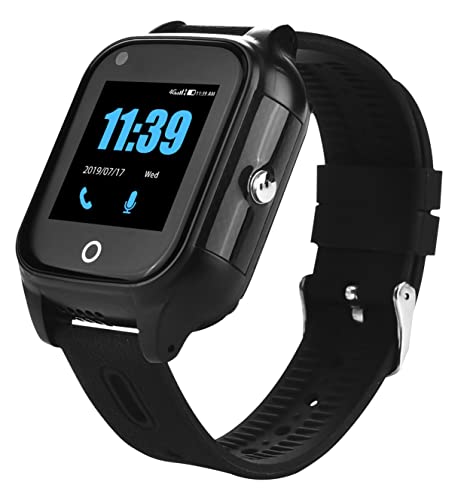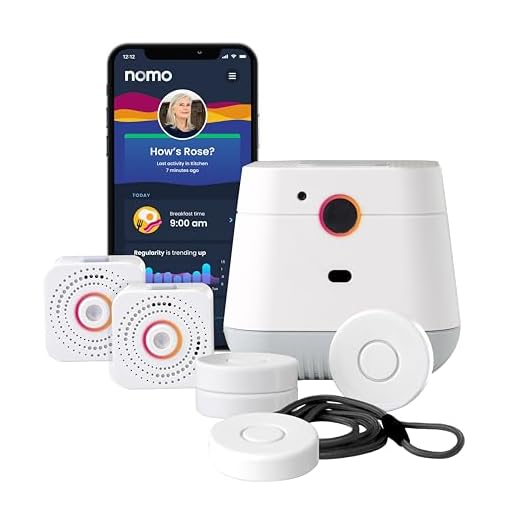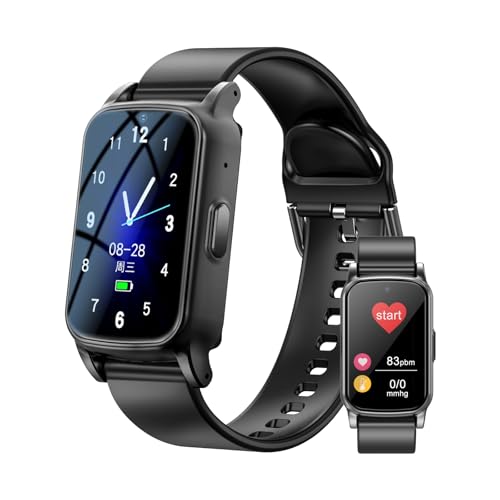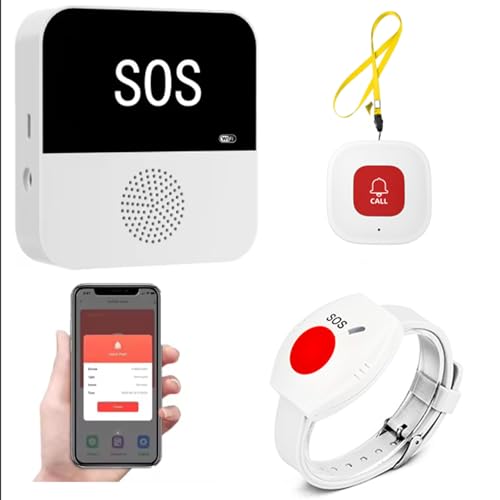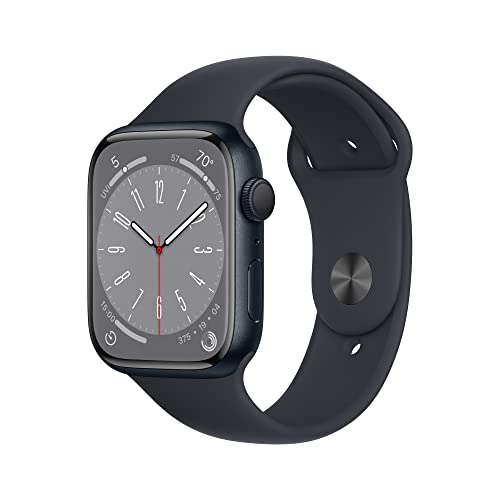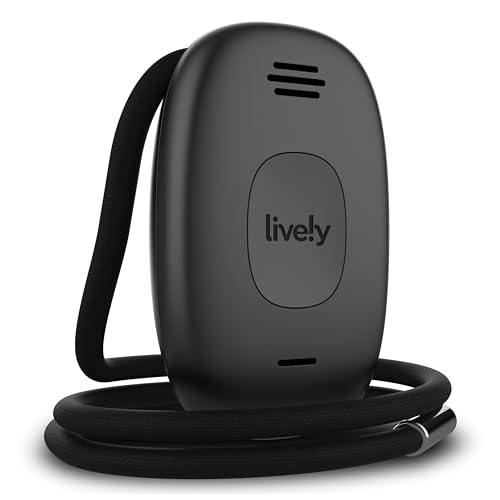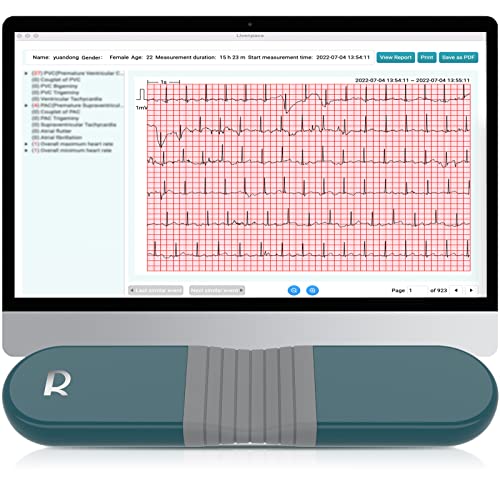Understanding the Importance of Fall Detection in Seniors
Falls are a leading cause of injury among seniors, with significant physical and emotional consequences. Each year, millions of older adults experience falls, leading to serious injuries such as fractures, head trauma, and a decrease in overall mobility. As someone who cares for a senior or is a senior yourself, understanding this reality is vital.
You must recognize that the aftermath of a fall can be devastating. Beyond physical injuries, falls can result in a loss of independence, feelings of fear, and social isolation. Therefore, implementing effective FALL DETECTION strategies is crucial to mitigating these risks.
In the following sections, we will explore various approaches to identify and prevent falls. From recognizing risk factors and leveraging technology to creating safer living environments, you will discover smart strategies that can protect seniors and enhance their quality of life. Let’s delve into these essential methods to ensure safety and well-being for our loved ones.




Recognizing Fall Risk Factors in Seniors
As you consider the safety of seniors in your life, it’s essential to understand the various risk factors that contribute to falls. These factors can often be hidden yet significantly impact a senior’s stability and mobility.
Health Conditions
Chronic health conditions play a crucial role in fall risk. Conditions such as arthritis, Parkinson’s disease, and diabetes can affect balance and coordination. Moreover, cognitive impairments like dementia may lead to poor judgment, increasing the risk of falls.
Medications
You may be surprised to learn that certain medications can also raise fall risk. Medications for blood pressure, muscle relaxants, and even some over-the-counter sleep aids can cause dizziness or drowsiness. It’s vital to regularly review medications with a healthcare provider to identify potential side effects.
Environmental Hazards
Your surroundings can be a senior’s biggest enemy. Cluttered walkways, poor lighting, loose carpets, and slippery floors heighten the risk of falls. Simple modifications, like removing obstacles or adding grab bars in bathrooms, can significantly improve safety.
By being aware of these risk factors, you can take proactive steps to mitigate them, ensuring a safer environment for seniors. Next, we’ll explore how technology can complement your efforts in detecting falls, offering peace of mind for both seniors and their caregivers.
Technology Solutions for Fall Detection
As we embrace the digital age, technology offers powerful tools for enhancing fall detection in seniors. These advancements not only aim to minimize the risk of falls but also improve response times in emergencies, giving caregivers and seniors greater peace of mind.
Wearable Devices
Wearable technology, such as smartwatches and medical alert devices, can be invaluable in fall detection. Many of these devices come equipped with accelerometers that can detect sudden changes in motion, instantly triggering alerts. For example, the Apple Watch features an automatic fall detection feature that contacts emergency services if it senses a fall and no movement afterward.
Home Monitoring Systems
Home monitoring systems utilize sensors placed in strategic locations throughout a senior’s living environment. Devices like infrared motion detectors can alert caregivers when a senior enters or leaves a room unexpectedly, while smart cameras provide real-time monitoring without intruding on a senior’s privacy. Systems such as Life Alert not only offer immediate response capabilities but also include features like medication reminders and wellness checks.
Mobile Applications
Mobile applications designed for fall detection and monitoring provide added convenience. Apps like FallSafe enable seniors to set up emergency contacts, track activities, and even send alerts in case of a fall with a simple tap on their smartphones. These tools empower seniors to take control of their safety while also keeping caregivers informed of their wellbeing.
Emergency Response Systems
Some solutions integrate fall detection with emergency response systems that connect seniors directly to operators trained to assist them. This ensures that seniors can receive help right away, alleviating the fear of being alone after a fall.
Incorporating technology into fall detection strategies can significantly enhance safety for seniors, allowing for quicker intervention when needed. By exploring these various technological solutions, you can find the right fit for your loved one or yourself. In our next section, we will discuss how coordinating with health professionals can further bolster your fall prevention efforts.
Creating a Safe Living Environment
To effectively prevent falls among seniors, modifying home environments is paramount. Start by assessing the living space for potential hazards that could lead to accidents. Here are some practical tips to consider:
Clear Walkways
Remove clutter, furniture, and any tripping hazards from pathways. Consider using non-slip mats and securing loose rugs with double-sided tape. Strive for a clear, unobstructed route to prevent falls caused by unexpected obstacles.
Improve Lighting
Adequate lighting is crucial in all areas of the home, especially staircases, hallways, and entrance points. Install brighter bulbs and consider motion-sensor lights for rooms like bathrooms and kitchens. A well-lit environment can drastically improve visibility, helping seniors navigate their spaces safely.
Install Safety Features
Adding grab bars in bathrooms near toilets and showers can provide seniors with extra support as they move. Similarly, railings on both sides of staircases offer stability while going up or down.
Handheld shower heads can also encourage safer bathing practices, allowing seniors to sit while bathing.
Review Furniture Arrangements
Ensure that furniture is arranged to allow easy movement without obstructing pathways. If possible, lower seating areas like sofas and chairs can make sitting down and getting up easier for seniors with mobility issues.
Creating a safe living environment is an ongoing effort that requires regular evaluation. Simple adjustments can make a world of difference in reducing fall risk. As you enhance safety at home, consider how healthcare professionals can support your fall prevention strategies in the next section.
The Role of Health Professionals in Fall Prevention
Involving healthcare providers in fall prevention is a critical step you shouldn’t overlook. They bring valuable expertise to assess individual fall risks and implement tailored prevention strategies, which can significantly enhance the safety of seniors in your life.
Regular Assessments
Health professionals can conduct comprehensive evaluations of seniors’ physical and cognitive health. This involves:
Knowing the specific risk factors assigned to each individual can help shape an effective fall prevention plan.
Medication Management
One of the leading causes of falls among seniors is medication side effects. Consulting with a healthcare provider can help:
For instance, if a senior is on multiple medications, a pharmacist’s assessment can provide insights into possible interactions that could impair balance.
Routine Check-ups
Regular visits to a healthcare provider can ensure ongoing monitoring of health conditions that contribute to fall risk. Providers can offer:
This proactive approach can lead to early detection of potential problems, thereby reducing the likelihood of falls.
Collaboration in Care
Effective fall prevention often requires a team approach, including input from doctors, pharmacists, physical therapists, and occupational therapists. Encouraging communication between these professionals can create a cohesive strategy that addresses the multifaceted nature of fall risks in seniors.
As you explore these professional insights, the next step involves empowering seniors through education and awareness, ensuring they are well-informed to actively participate in their own fall prevention.
Empowering Seniors Through Education and Awareness
Education plays a fundamental role in fall prevention among seniors. By actively educating yourself about potential risks and adaptive strategies, you can make informed decisions that directly contribute to your safety and well-being.
Understanding Fall Prevention Strategies
To start, familiarize yourself with the key strategies that can help reduce your risk of falling. Here are some practical approaches:
Adopting Safe Behaviors
Encourage habits that prioritize safety in everyday activities. For instance:
Increasing Awareness
Staying informed about your health is equally important. Regular check-ups with healthcare professionals can monitor changes that may affect your balance or mobility. Also, sharing your concerns with family members will develop a support system that prioritizes your safety.
Engagement in community activities not only keeps you socially active but also supports mental health, contributing to better overall stability and balance.
When you empower yourself through knowledge and proactive behaviors, you become an active participant in your safety journey. This mindfulness will serve you well as you consider the next steps in preventing falls and ensuring a safe living environment.
Now that we have explored these crucial educational strategies, let’s discuss the importance of taking immediate action against falls.
Taking Action Against Falls
As you consider the strategies outlined in this article, remember that preventing falls in seniors is a shared responsibility. By recognizing risk factors, leveraging technology, creating a safe environment, collaborating with health professionals, and empowering the elderly through education, you can significantly reduce the likelihood of falls. Every proactive step contributes to enhancing the quality of life for loved ones.
Take action today by implementing these strategies in your home or community. Encourage dialogue about fall prevention and advocate for regular assessments of safety measures. Together, we can create a supportive environment that values safety and promotes independence for seniors, allowing them to navigate their lives with confidence.

